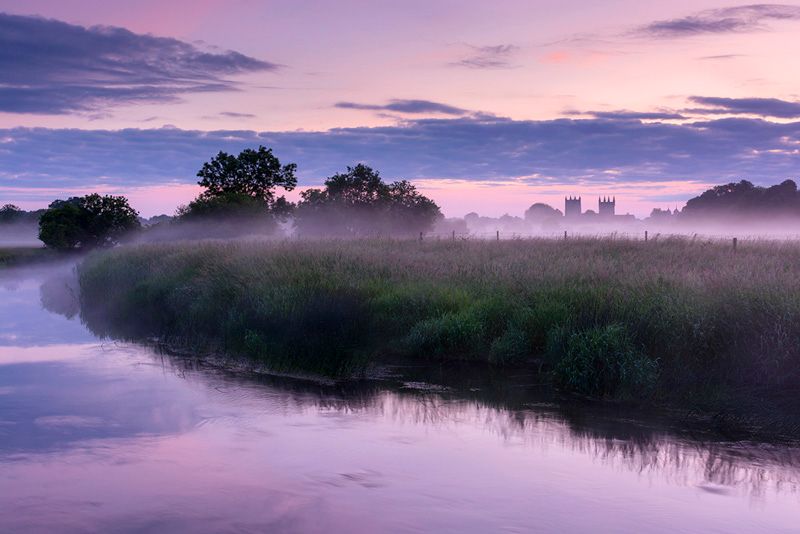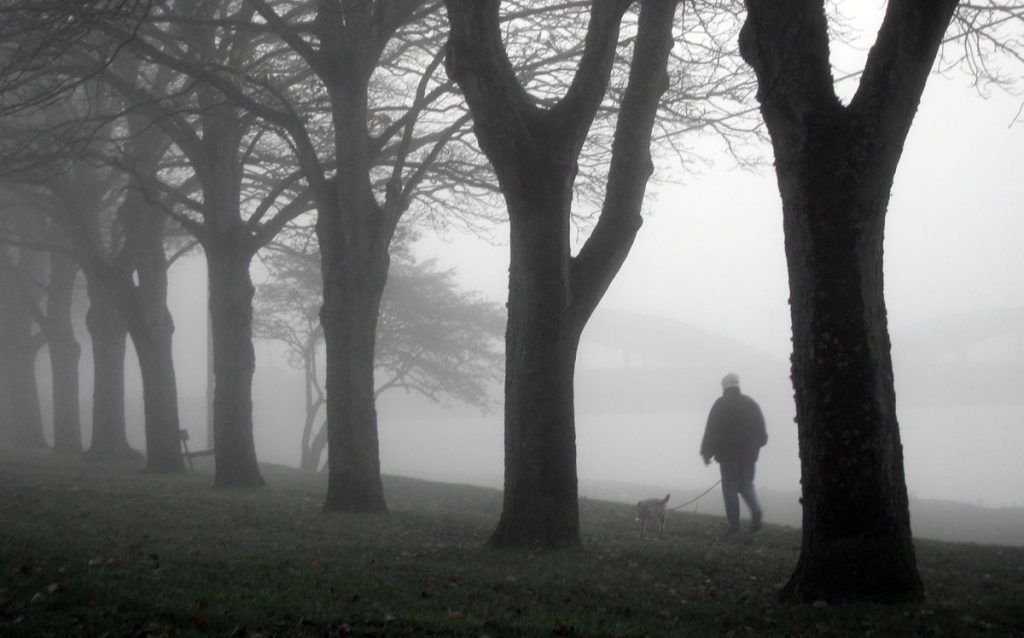
“
Mist is a captivating and mysterious natural phenomenon that transforms landscapes and creates enchanting atmospheres. Often seen in the early morning or after rainfall, Mist consists of tiny water droplets suspended in the air, giving the surroundings a soft, ethereal appearance. Understanding Curious facts about Mist can reveal fascinating insights into how our environment works. In this blog, we will explore curious facts about Mist, from its formation and types to its impact on plants and wildlife. Join us as we delve into the magical world of Mist and uncover its secrets.1
1
”
Did you know? When visibility is less than 1 kilometer (0.6 miles), we refer to it as fog. However, if visibility extends beyond 1 kilometer, it is called mist.Mist is composed of tiny water droplets suspended close to the ground, creating a soft, cloudy effect. 1
Mist forms when warm, moist air encounters cooler temperatures, causing the moisture in the air to condense into tiny droplets. This process happens rapidly as the air cools, resulting in the formation of mist. 2

Morning mist is a common sight due to the cooling of the ground overnight. As the sun rises and warms the air, it meets the cool ground, leading to the formation of mist that often blankets the landscape.
Unlike fog, which is thicker and significantly reduces visibility to less than 1 kilometer, mist is lighter and does not obscure vision as much. It creates a more subtle haze, allowing for better visibility compared to dense fog. 3
When volcanic activity occurs, hot water vapor, along with gases and sometimes lava, is expelled by a volcano. These emissions create what we call volcanic mists. These misty plumes can be quite dramatic, especially during explosive eruptions. 4
Did you know? Mist is also present on Mars, Valles Marineris, a vast canyon system on Mars, sometimes fills with wispy clouds made of tiny water ice particles.These clouds cling to the canyon walls, creating an otherworldly mist effect. 5
Mist enhances the magical quality of early mornings, especially in forested areas and near bodies of water. It adds an enchanting touch to the scenery, creating a dreamy atmosphere that transforms the natural world. 6
When driving in misty conditions, visibility can be reduced, making it essential to exercise caution. Using low-beam headlights is advisable to improve visibility and ensure safer travel through misty environments.7
Certain animals, such as deer and birds, are more active during misty mornings. The moisture in the air makes plants and grasses more appealing, providing a vital source of nourishment for these creatures. 8
There are several types of mist, each forming under different conditions. Radiation mist forms on clear nights, advection mist occurs when warm air moves over cooler surfaces, and steam mist forms when cold air passes over warm water. 9
Radiation mist develops on clear nights when the ground cools rapidly, causing the air above it to condense. This type of mist is common in valleys and low-lying areas, where the cooling effect is more pronounced. 10

Artists and photographers value mist for its ability to create a dreamy, ethereal quality in landscapes. It transforms ordinary scenes into fairy-tale-like images, enhancing the visual appeal of their work.
Advection mist forms when warm, moist air moves over cooler surfaces such as cold water or ground. This type of mist is often observed along coastlines, where the temperature contrast between air and surface creates the misty effect. 11
Steam mist occurs when cold air moves over warmer water, leading to evaporation and subsequent condensation of water vapor into mist. This phenomenon is typically seen over lakes or rivers during cooler weather. 12
Mist can be beneficial to plants, especially in arid regions. It provides moisture that plants can absorb through their leaves, helping them stay hydrated in otherwise dry conditions. 13
Scientists study mist to understand its impact on the environment and weather patterns. Mist plays a role in the water cycle and can influence local climates, making it an important subject of scientific research. 14
Certain seasons, such as autumn and spring, are more prone to mist in temperate climates. During these times, the conditions are often right for mist formation, leading to frequent misty mornings. 15
While mist itself is not proven to have healing properties, walking through it can be refreshing and invigorating. Its ability to moisten the air and create a cool environment can contribute to relaxation and stress relief. 16
Mist is a universal phenomenon, occurring across various global regions, from tropical rainforests to polar areas. Its widespread presence makes it a fascinating and magical aspect of the weather that enchants people everywhere. 17


